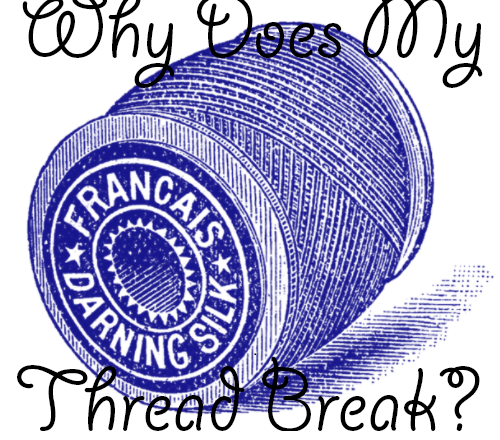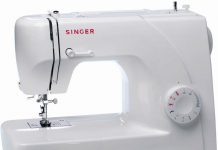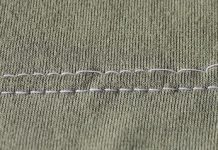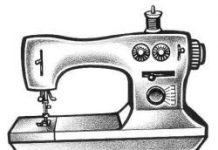There’s nothing more exasperating than getting held up with your project simply because the thread keeps breaking on your machine. You sew a few stitches and the thread breaks… again.
You have to now rethread the machine needle and either remove the stitches that are done and start all over again, which is such a waste of time or you just do a couple of backstitches and continue from where the thread broke off. Problem is, this makes the stitching looks shabby and unprofessional. What is the solution to this infernal problem?

If your thread breaks just once, that’s ok. Consider that an occupational hazard. However, if you find your thread breaking every few stitches, there’s definitely something wrong. I find it is always far better to stop and see what the problem is and sort it out rather than continue with the stop-start kind of sewing, which is simply frustrating and time consuming.
Here are some of the most common reasons why machine threads tend to break and what you can do to resolve the problem.
Threading Is Not Done Correctly
If the top thread keeps snapping, re-check the top thread path and make sure you’ve threaded the machine properly. Check that the thread isn’t snagged on the spool or perhaps some other part of the machine along it’s threaded path. Any unnecessary obstruction prevents the thread from moving along smoothly and could cause it to break. Make sure the thread path is clear.
Problem with the Bobbin Threading or Bobbin Hatch
If the lower thread keeps breaking, open out the bobbin hatch and check that there is no lint buildup that is hindering the smooth flow of the thread. If there is any lint, remove the bobbin and clean the area thoroughly with a brush. Also check that the bobbin is wound correctly and that the tension of bobbin thread is even. Poor maintenance and incorrectly wound bobbins are the culprit more often that you’d imagine.
Incorrect Tension
Your top thread will pass through tension discs along its threading path. These tension discs can be set to high or low tension depending upon the type of fabric you are sewing and the thickness of the thread you are using. If the tension is set to high and you try to force a thicker thread through the discs, the discs will prevent the thread from flowing smoothly and will cause it to snap.
Substandard Thread
We’ve all been guilty of buying cheap thread at some time or the other. We walk into a sewing store and buy several spools of thread in different colors because of the “huge discount sale’. At that moment, you feel quite triumphant at the amount you’ve saved but the truth is, cheap thread is cheap because it is of low quality and low quality thread will break while sewing or worse still, just after you have finished your project. I’m quite embarrassed to admit that I’ve done it too – embarrassed because when you consider the difference in cost between good thread and bad thread is really negligible. The few extra cents you pay to buy thread of good quality is well worth it in the long run. Don’t skimp when buying thread. Always buy the best you can afford.
Tip for today









